8 Types of Bird Houses: Which Is Right for You? (With Pictures)
Last Updated on

There are few signs of spring more pronounced than birds fluttering around your yard. While bird feeders are a great way to attract more birds, an even better way to keep them around is by installing bird houses!
But not all bird houses are created equal, and if you’re trying to attract a specific type of bird, you need to know what you’re doing. Otherwise, you might have a yard full of bird houses but no birds! Don’t worry, we’ve got you covered.
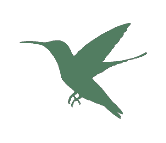
Ways to Mount Your Bird House
If you think that you can’t have a birdhouse because you don’t have trees, then we have news for you. There are multiple ways to mount a birdhouse, and no matter what style of yard you have, there’s a way to put a birdhouse in it.
Post-Mounted Bird Houses
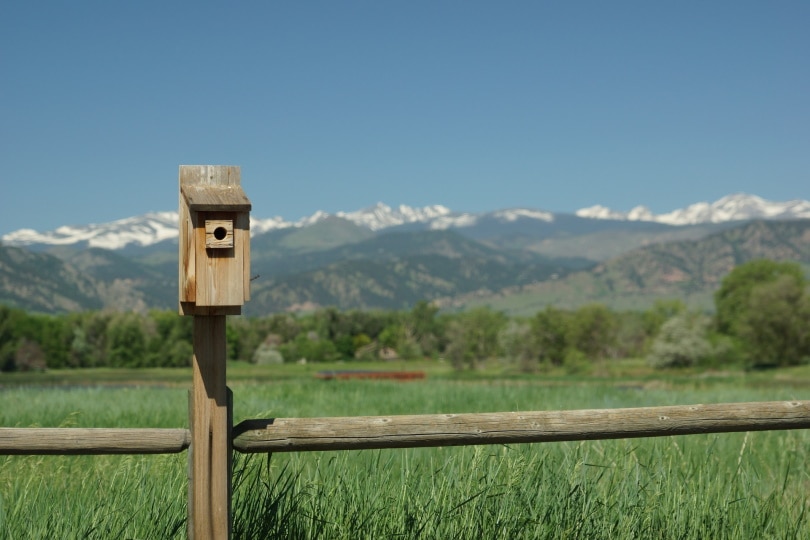
Post-mounted bird houses are ideal if you don’t have trees or other areas to mount a bird house. All you need to do is find a bird house that sticks to a pole, and you can mount it wherever you want in your yard.
Just try to find a low-trafficked area to increase the chances of a bird making it their new home!
Wall-Mounted Bird Houses
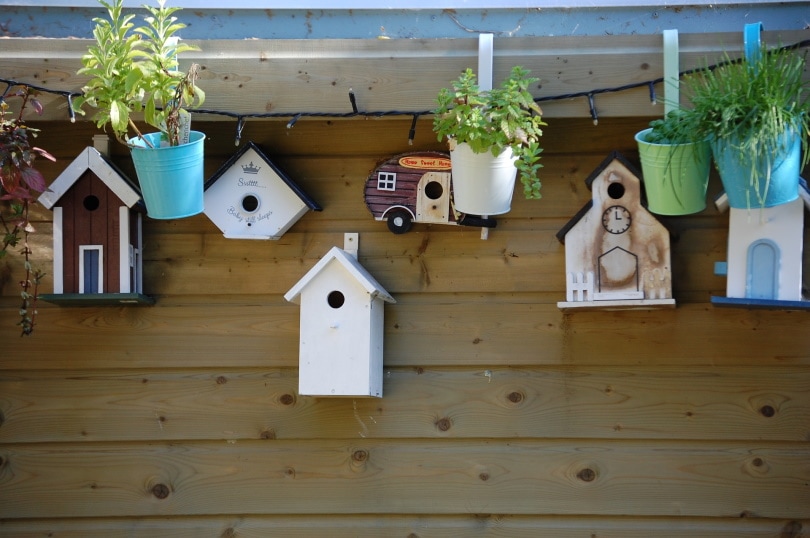
You can mount wall-mounted bird houses to trees, fences, or walls, and it’s a great way to turn a stationary object into a bird house! You’ll need to find a quiet area to mount a bird house, and you’re going to need to elevate it because otherwise, birds won’t feel safe there.
Hanging Bird Houses

Whether it’s from a tree or your porch, there are plenty of areas that you can hang a bird house. Try to find a spot that’s a little sheltered from the wind, especially if you live in a high-wind area. Otherwise, when the wind does kick up, your birds’ new home will be swaying all over the place, which is the last thing that a bird wants in their new home.
Different Styles of Bird Houses
Once you’ve figured out how you’re going to mount your bird house, it’s time to think about what kind of birds you want to attract. Different kinds of birds choose different homes, so picking the right kind of bird house will go a long way in attracting the kind of birds that you want in your yard.
1. Martin Bird House

Martin-style bird houses are much larger than traditional bird houses because, unlike most birds, purple martins nest in colonies. You need to mount these houses 12 to 18 feet off the ground to keep predators away, and it’s a good idea to install a way to easily lower and raise the house so you can remove nests from competing birds. Otherwise, you won’t have a colony of purple martins in your bird house, but rather a single bird living life in a mansion.
2. Bluebird Bird House
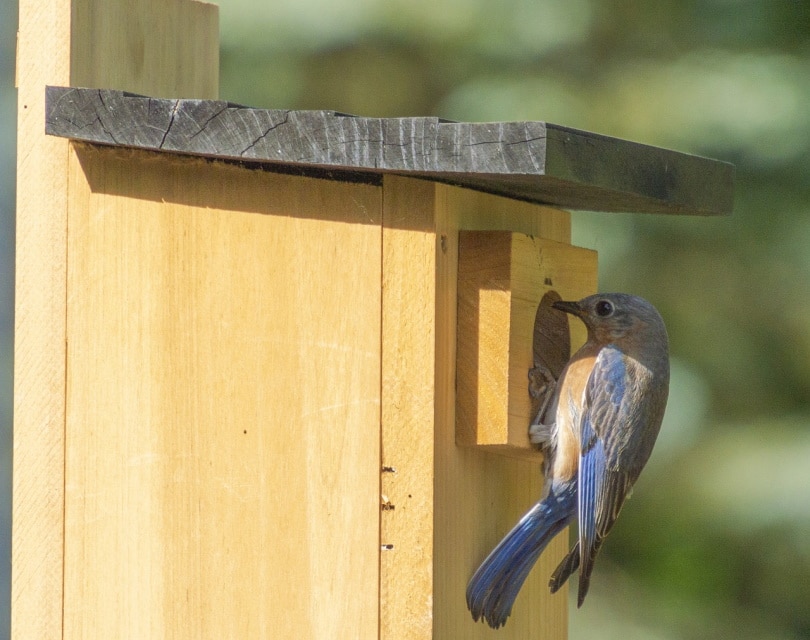
Bluebird houses are very particular. For starters, the hole to enter and exit the house needs to be precisely 1 ½” in diameter. That’s the perfect size for bluebirds to enter, and it’s too big for predators or other types of birds.
Moreover, the hole needs to be anywhere from 6-10 inches from the bird house floor to keep baby birds from falling out of the nest after they hatch. The house itself should be about 1 foot tall and have a 5×5-inch base.
Additionally, the house can’t have a perch, as this is an excellent way for predators to peck their way into the nest. Finally, you’ll need a sloping roof that covers the entrance. It’s a great deal of work to make the perfect home for these little birds! But having bluebirds start their families in your yard is well worth the hassle.
3. Duck House
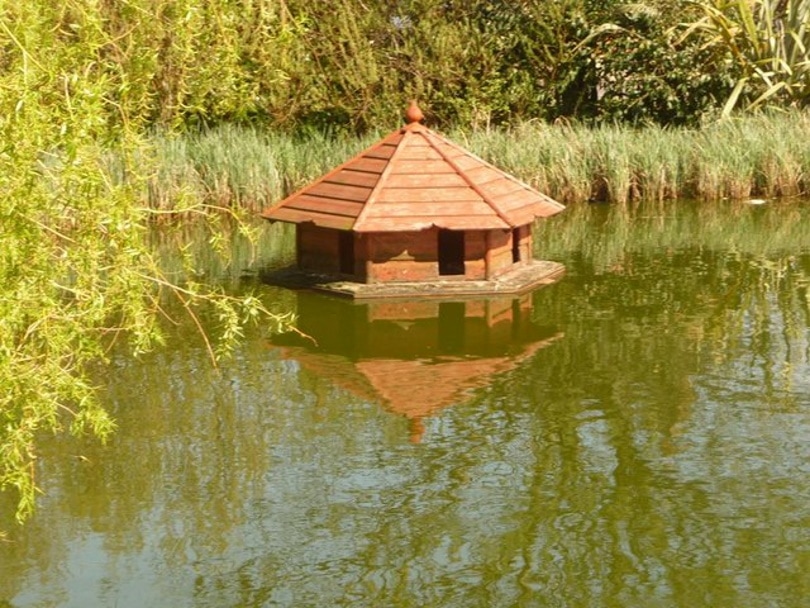
Not many people try to attract ducks to their yard, but if you want to, it’s actually pretty easy. Ducks aren’t particular when it comes to their homes. The entrance hole just needs to be at least 4 inches in diameter, and you should add wood shavings to the bottom of the bird house.
On the other hand, if you’re trying to avoid ducks, all you need is a smaller hole and to remove the wood shavings. In any case, if you’re not by the water, you shouldn’t have to worry about ducks making a home in your bird house.
4. Owl House

Owls aren’t too particular about their house, but they do prefer a wall-mounted bird house on a tree. It should be mounted rather high. This way, the owl will feel safe enough to call it home.
Finally, make sure that you have a large enough hole for an owl to easily get in and out of; about 4 inches in diameter should do.
5. Chickadee/Wren Bird House
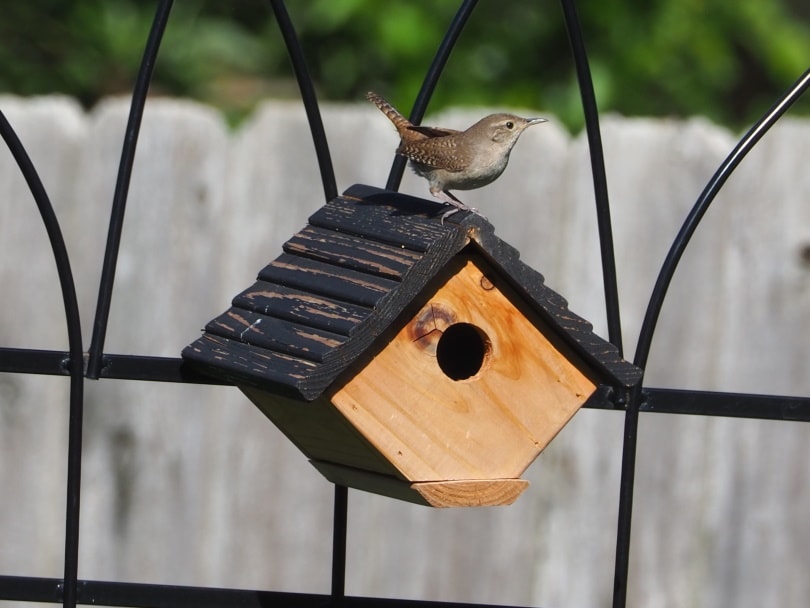
Chickadees and wrens are smaller birds that you can attract to your yard if you have the right kind of bird houses in the right locations. These birdhouses need to be small, with the entrance hole about 1.25” in diameter.
Additionally, if you can put these birdhouses around a few different trees, it’ll help attract these tiny birds by making them feel safer. You should mount these houses 4-8 feet off the ground. That’s high enough to protect them from predators and low enough to attract the birds.
- Related Read: 7 DIY Wren Birdhouse Plans You Can Make Today!
Other Considerations for Bird Houses
Once you’ve found the perfect style of bird house and the ideal location, there are a few additional factors that you should consider before purchasing and installing any bird houses.

Materials/Construction Type
There are tons of different materials to choose from, but the top choices include ceramic, wood, and plastic. These different bird house types help prevent various problems. While fabric and metal houses do exist, they can be problematic when it rains or the temperatures get too hot.
Unpainted wood houses breathe for better ventilation, and plastic houses are less expensive and can stay out year-round. While ceramic houses are incredibly durable and long-lasting, they can crack if the weather gets too cold, so you should bring them inside during the winter.
Drainage Holes
Rainstorms are sure to send some rain into your bird house throughout the year. Having drainage holes will keep your bird house from flooding and keep your bird tenants happy and dry.
Ventilation Holes
It doesn’t matter what style of bird house you have; you should ensure that there are ventilation holes to keep everything cool throughout the summer. While wood bird houses provide natural ventilation, a few extra areas for air to circulate is a good idea.
If you have a bird house with ventilation, the hottest days of summer might cook baby birds as they overheat without anywhere to escape to.
Conclusion
When you do it right, having birdhouses throughout your yard can be an extremely rewarding and maintenance-free experience. You’ll get to watch as baby birds poke their heads out into the light for the first time, and if you’re lucky, you might even get to see their first flight!
Now that you know what you’re doing, you can attract whatever birds you’d like and transform your yard into a bird’s paradise!
Check out some of our other top trending birding posts:
- 15 Types of Crane Bird Species (With Pictures)
- 14 Species Of Hawks in California
- 15 Bird Documentaries and Movies Worth Watching in 2021
Featured Image Credit: Piqsels
About the Author Robert Sparks
Robert’s obsession with all things optical started early in life, when his optician father would bring home prototypes for Robert to play with. Nowadays, Robert is dedicated to helping others find the right optics for their needs. His hobbies include astronomy, astrophysics, and model building. Originally from Newark, NJ, he resides in Santa Fe, New Mexico, where the nighttime skies are filled with glittering stars.
Related Articles:
Monocular vs Telescope: Differences Explained (With Pictures)
How to Clean a Refractor Telescope: Step-by-Step Guide
How to Clean a Telescope Eyepiece: Step-by-Step Guide
How to Clean a Rifle Scope: 8 Expert Tips
What Is a Monocular Used For? 8 Common Functions
How to Clean a Telescope Mirror: 8 Expert Tips
Brightfield vs Phase Contrast Microscopy: The Differences Explained
SkyCamHD Drone Review: Pros, Cons, FAQ, & Verdict

